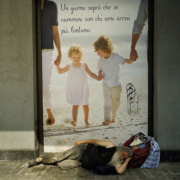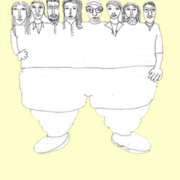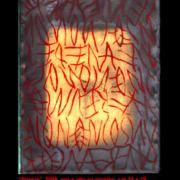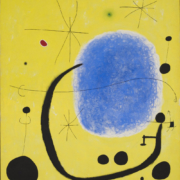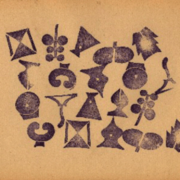Abstract
In this article we’ll explore the sensory and body dimension in group process activated in training. With this contribution, we offer our reflections born within psycho- bodily sessions that we conducted as part of a wider educational project, divided into several groupal stages. In particular, our attention has been activated by the observation of how, in group setting, communication occurs not only through speech and listening, but also through the perception of non-verbal elements that can occur in a powerful way: sight and sense of smell, for example, may be preferred to hearing. As it happens through dreams, imagination and verbal communication, the unconscious expresses itself also through the body, through signs, movements, posture, tone, etc. .. In our experience, we meet body, through an analytic listening., this because we don’t consider body neither as a means of cathartic expression or as a producer of signals but as a potential creator of Read more

